Telecom Automation: How to Leverage the Key Differentiator
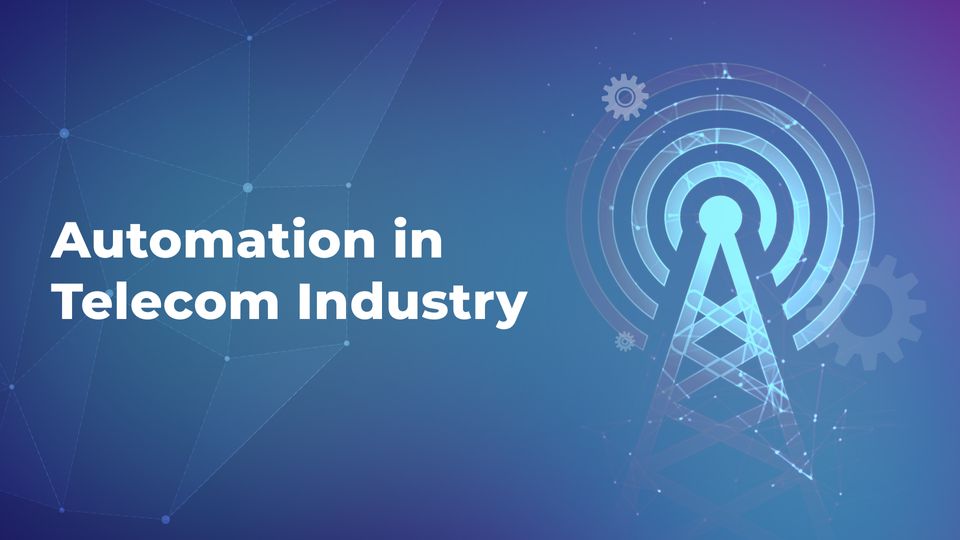
Are you familiar with this scenario? Your company specializes in providing tailored telecom solutions to clients, and your sales team is responsible for creating proposals that include customized tariff plans. However, the process involves multiple steps, including calculating tariffs with variations for different types of clients, importing and exporting data, building reports, and navigating a complex system of discounts. All of this is done using Excel spreadsheets. Not only is this process time-consuming and tedious, but it's also prone to human error and technical difficulties. For example, the Excel document could crash, preventing salespeople from quickly recalculating tariffs based on specific customer requirements during live consultations.
Robotic process automation is considered one of the most popular ways to streamline manual processes similar to the ones described. With telecom RPA, telecom providers can gather data from various sources, perform calculations, and generate comprehensive reports within minutes. But today, with the telecommunications industry developing at a rapid pace, RPA has become more like a good starting point in the long journey for intelligent automation. Businesses willing to automate their network functions and enhance the overall network performance have to come up with a thorough automation that will let them enhance their network operations while reducing operational costs.
With more than a decade of working with automation in the telecommunications industry, we at Flyaps can confidently say that such a scenario is quite common. But our practice shows that an automation solution can solve this problem and become a life-saver for such resistant to change industries as telecom.
In this article, we will showcase real-life examples of how intelligent automation is shaping the future and transforming telecom businesses. We will also cover the current role of RPA in telecommunications and how businesses successfully add it to their automation strategy. But first, let’s reveal what specific benefits your telco can get from business process automation.
Reasons why automation in telecom industry is gaining traction
The telecom industry has been slow to adopt new technologies, but the COVID-19 pandemic forced it to take the road of transformation. What’s more, a recent study from STL Partners reveals that around 70% of surveyed telcos are now seeking new options to increase revenue growth. They plan to use emerging technologies like 5G and edge computing to offer differentiated solutions to customers, particularly in the B2B2X space.
As the survey from STL Partners highlights, intelligent automation is going to be a key enabler for all telecom companies to address increasing revenue growth, regardless of their strategic approach. So, let's see how exactly automation can help telecom providers.
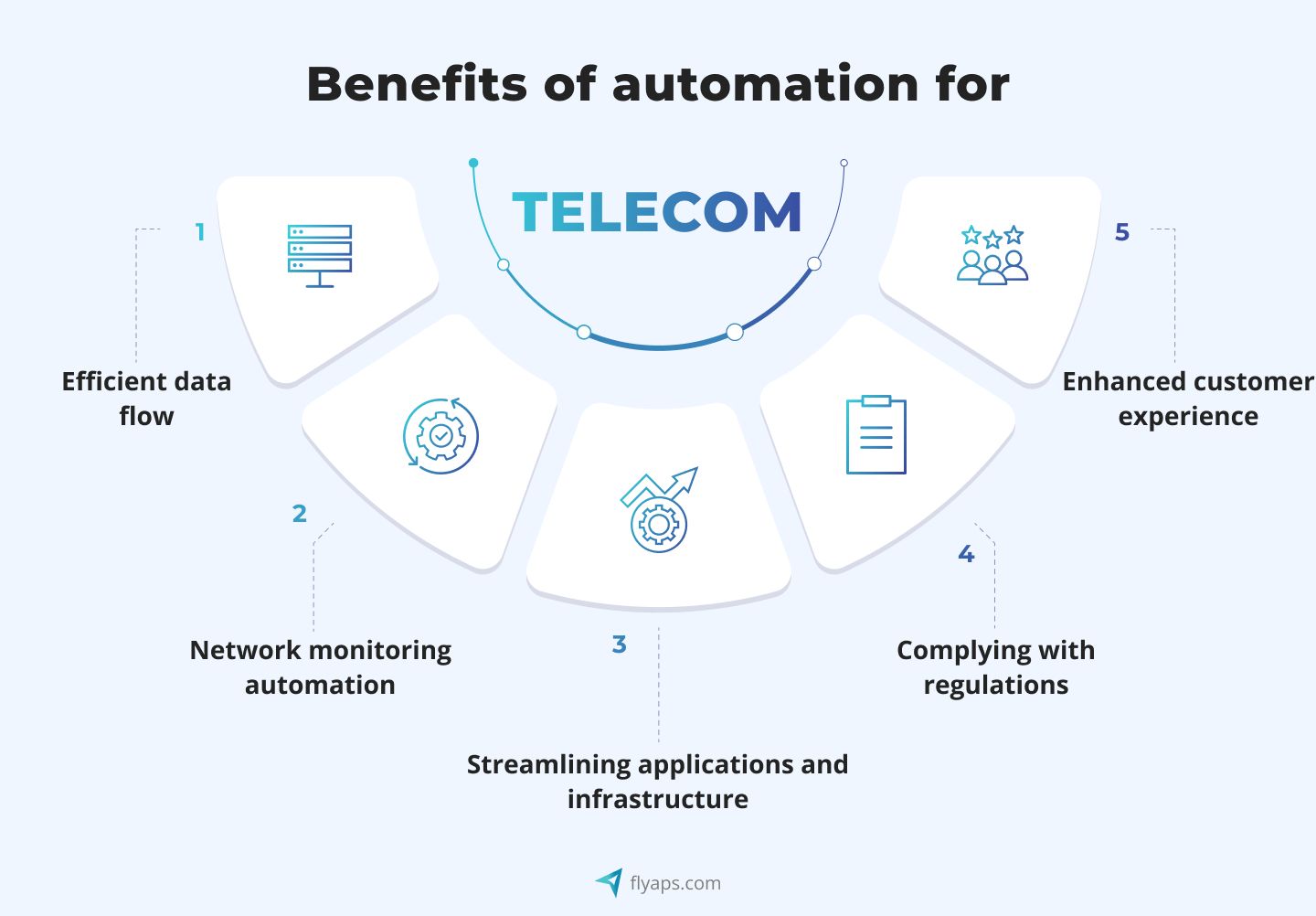
Efficient data flow
Let's say a business is struggling with collecting and analyzing customer data to provide better telecom services and personalized offerings. This process involves manual data entry and analysis, which is time-consuming and leads to occasional errors related to telecom network management. Thanks to intelligent automation, however, the company can create a system that automatically collects and organizes customer data from different sources, such as social media, call records, and website interactions. As a result, it can accelerate the data analysis process, eliminate the risk of errors, and improve customer experience.
Network maintenance and monitoring automation
Since the number of devices communicating within the Internet of Things (IoT) is increasing and 5G technology is spreading rapidly, relying solely on traditional data collection and analysis solutions is not enough to ensure a basic level of quality.
By using automation tools like artificial intelligence (AI) and robotic process automation (RPA), telecom companies can monitor their network functions in real time and quickly detect and respond to issues. For instance, if there is a sudden increase in network traffic, robotic process automation tools can detect the anomaly and take necessary actions to ensure the quality of service. Moreover, by finding patterns in historical data, AI algorithms can even predict possible failures before they occur.
Streamlining applications and infrastructure
Telecom companies use different software solutions to keep their networks running smoothly. Sometimes these solutions don't communicate well with each other, which can make things complicated. But intelligent automation can address this challenge. Business process automation (BPA) tools act as a bridge between different systems, so that they can share data more easily. Simply put, automation in telecom is like having a team of digital assistants who can take care of tasks like transferring data between different tools, without the need for extra code or application programming interfaces (APIs).
Let's say, a telco uses Cacoo for process mapping, UiPath process mining tool to extract process data, and GNU Octave for in-depth analysis. These systems are powerful individually, but integrating them and sharing data between them is a complex task. However, with the help of BPA technologies such as RPA, the company can streamline their applications and infrastructure effortlessly. All they have to do is deploy RPA bots (or as we called them, digital assistants), seamlessly transferring data between different software systems. The bots follow the same steps a human worker would take, eliminating the need for coding or creating new APIs. For instance, when a network map is created in Cacoo, an RPA bot can automatically extract the relevant data and transfer it to UiPath Process Mining. The bot then applies process mining techniques to uncover insights and patterns in the network data. Once the analysis is complete, the bot effortlessly transfers the refined data to GNU Octave for further numerical computations.
From cloud migration to telecom-specific AI solutions, we have delivered over 20 projects that are used by hundreds of MNOs and telecom companies worldwide. Check our capabilities and let’s discuss your next solution.
See our servicesComplying with regulations
Telcos need to stay on top of antitrust, licensing, and pricing laws to maintain compliance. But the process of collecting and compiling all the necessary compliance data and network maintenance as a whole can be extremely time-consuming and require a lot of effort.
This is when it's time to highlight the role of robotic process automation in telecom once again. Telecom companies can schedule bots to regularly collect the relevant compliance data from different systems and store it in one central spreadsheet. This way, the organization always has updated compliance information at their fingertips. Such data is more likely to be accurate since RPA doesn't make transcription errors. All in all, it's an easy and efficient way to stay compliant without adding to your administrative burden.
Enhanced customer experience
Customer satisfaction is paramount for most industries, but in the telecommunications industry, the traditional problem resolution process often falls short. Let's consider a telecom provider facing a common challenge. In general, it takes 4.1 days on average to solve a customer's problem, which is a lot of time in today’s world. But such a delay not only frustrates customers but also leads to a significant 30% drop in their satisfaction levels, impacting both B2B and B2C relationships.
To address this issue and improve customer satisfaction, the telecom provider implements robotic process automation solutions. They deploy AI-driven chatbots that are trained to understand and respond to frequently asked questions promptly. Customers can interact with these chatbots through various channels, such as the company's website, mobile app, or social media platforms. By instantly addressing common customer demands, the chatbot reduces the need for customers to wait for human assistance, resulting in quicker problem resolution and increased customer satisfaction.
What’s more, automation tools can be employed to streamline email management. Instead of manually sorting through a high volume of incoming emails, these tools can utilize machine learning algorithms to categorize and prioritize them accurately. Based on predefined rules, emails are automatically routed to the appropriate departments or employees, ensuring efficient handling and timely responses.
The automation-driven improvements in customer support enable telecom providers to deliver a more personalized and timely service to their customers. As a result, both B2B and B2C customers experience improved interactions with the telecom provider, leading to stronger relationships and increased loyalty.
Automated invoicing for roaming services
Turning to robotic process automation in telecom specifically, RPA bots can help digitize bills, saving employees valuable time and allowing them to focus on tasks that generate better revenue. What's more, when combined with AI, telecom providers can achieve very impressive results.
The thing is that RPA in telecom sector particularly excels with structured data, but when paired with AI, it can also handle unstructured information, such as data in PDFs. By combining RPA and AI, you can automate the invoicing process, even if your clients use PDFs and each of them has a unique way of formatting their documents.
But telcos don't usually stop at automating just one process or focusing on one goal. Speaking of robotics process automation in telecom and automation initiatives as a whole, it's more common for it to be a big effort that affects many different parts of a company to achieve the best result. To better understand the role of automation in the telecom industry, let's see how businesses can approach automation.
Tools for ensuring successful automation in telecom
In general, there are three types of telecom automation solutions to streamline your business operations: ready-made horizontal systems, RPA low-code platforms, and custom development. Let’s explore each of them to see which one is right for you.
Ready-made horizontal systems for streamlining telecom operations
The telecom companies are often relying on ready-made horizontal systems to simplify and automate their operations. Popular solutions such as Salesforce and HubSpot have become commonplace among telcos. These tools are cost-effective alternatives to custom-built solutions, but integrating them with existing software can be a daunting task.
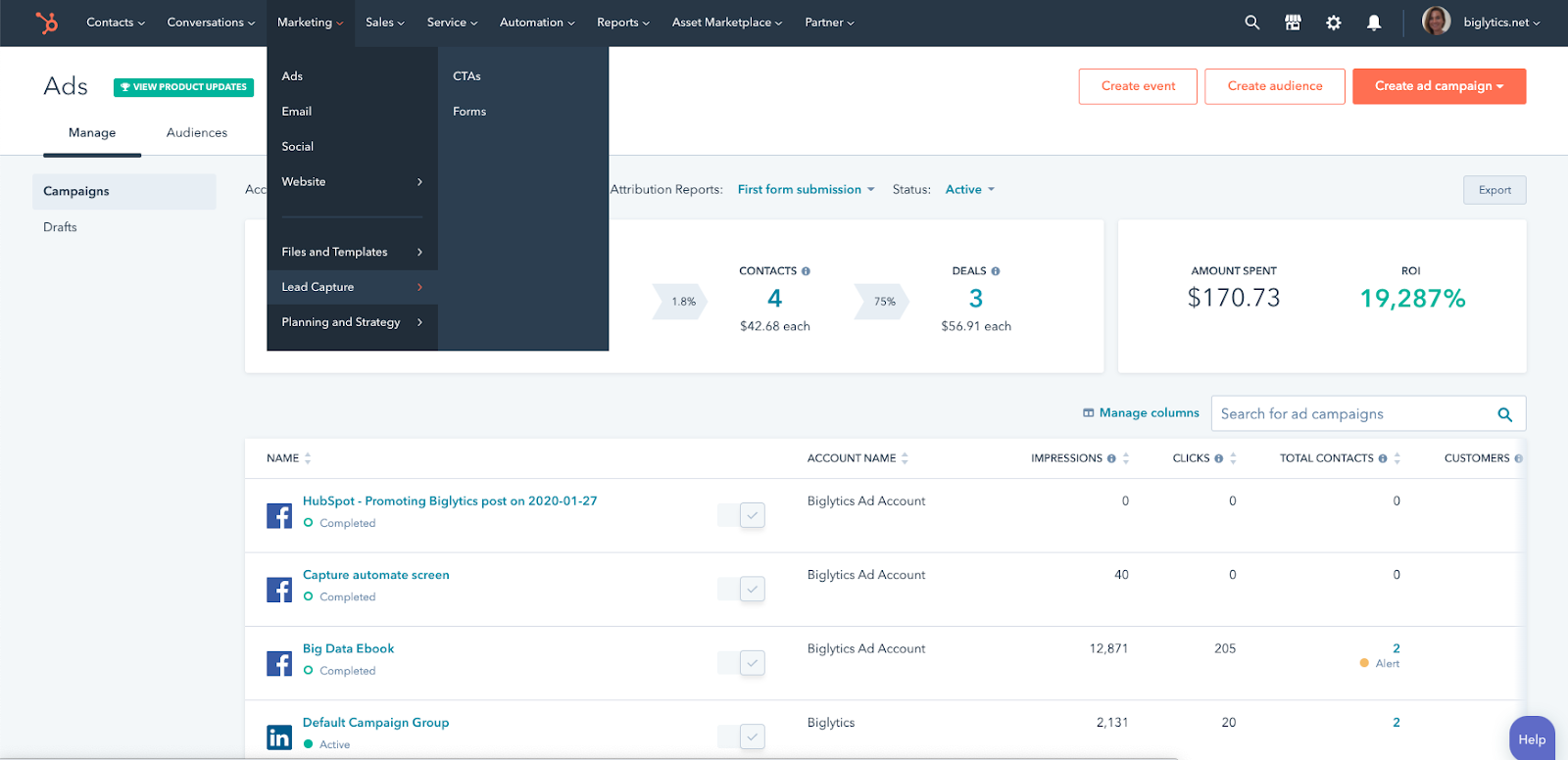
Nevertheless, horizontal systems can help streamline many aspects of telecom operations. For instance, Salesforce provides powerful customer relationship management (CRM) capabilities that allow telcos to manage their client interactions, from lead generation to post-sale support. Similarly, Hubspot offers marketing automation tools that help telcos create and execute targeted campaigns, monitor performance, and optimize their strategies.
When considering adopting a horizontal system for telecom automation, you should carefully evaluate your existing infrastructure and workflows. In some cases, one may need to modify their existing systems to make integration possible, which can require additional time and resources.
Low-code robotic process automation (RPA) platforms as a modern way for implementing RPA in telecom industry
RPA in telecom industry is a great instrument for automating repetitive tasks in almost every business department. They can streamline customer onboarding, keeping all the necessary information well-organized, streamline billing and revenue management, accelerate customer care processes, and many other tasks. When telecom companies are considering intelligent automation, RPA technology is one of the essential things to add to the list.
Over the past years, RPA low-code platforms and AI development platforms have become increasingly popular in the telecommunications industry. These platforms allow developers to create automation workflows and bots using visual, drag-and-drop interfaces, without the need to write the whole code from scratch.
However, as telecom providers increasingly adopt AI-powered automation, it's important to be aware of security challenges related to large language models (LLMs) and AI systems. For a deeper understanding of potential risks and how to mitigate them, see our detailed article on LLM security risks.
Low-code RPA platforms offer several advantages for teleco automation:
- streamlining processes and reducing errors by automating routine tasks such as data entry, customer onboarding, and billing;
- scalability, as telcos can easily expand and adapt their automation efforts as their needs change.
UiPath and Automation Anywhere are two leading providers of low-code RPA solutions. Both platforms can be used for telecom-specific purposes. For a deeper look at how AI technologies, including generative AI, complement automation tools like RPA to unlock new business potentials, explore our detailed overview of Generative AI use cases. Let’s look at some RPA use cases in telecommunications and how telecom service providers benefited from low-code platforms.
How Orange Robot Factory leveraged UiPath to transform business operations
Orange Spain, the second-largest mobile telephone service provider, and the third-largest fixed telephone service provider in Spain, was looking to transform the company into a digital, human-centric, and agile business that fosters teamwork and individual talent. To achieve this, they founded the Orange Robot Factory, a department aimed at automating internal processes to enable employees to provide more value to customers. The company chose UiPath as their primary automation provider to democratize the automation process, making it accessible to everyone.
The Orange Robot Factory began with just 13 team members and grew to 100, creating over 400 robots across the company. The first robot deployment was for a Quality Control engineer who was spending an hour and a half each day launching and processing client satisfaction surveys. With the robot's help, the task was completed in two minutes, freeing up the employee's time for other tasks.
Within three months of launch, robots have automated 17 different processes, resulting in more than 34 million euros in savings. Today, Orange Spain continues investing in RPA and expanding the use of automation across the company.
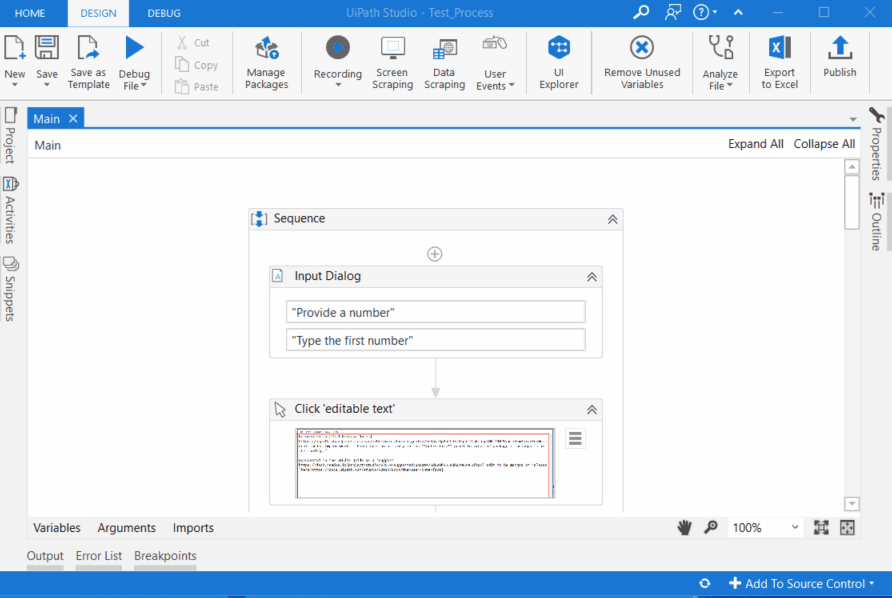
How Hitachi Vantara improved procure-to-pay process with Automation Anywhere bots
Hitachi Vantara is a data storage systems provider, a subsidiary of Hitachi Ltd.
Their goal was to free up team members from routine, low-value tasks, so they could focus on more challenging and engaging activities in their daily work. This would allow the business to reach their full potential and minimize employee turnover. The company decided to leverage RPA for telecom solutions to achieve this goal.
After evaluating various low-code RPA vendors, Hitachi Vantara chose Automation Anywhere. In addition to its standard telecom RPA solution, they chose to use Automation Anywhere’s AI-driven cognitive automation solution, an IQ Bot, which could extract semi-structured data from documents and process it effortlessly.
Hitachi Vantara started its RPA journey by automating 10 distinct processes in IT and twenty processes in the finance department. But their main target was procure-to-pay. Previously, employees had to manually read information from vendor invoices, such as the PO number, date, service or product procured, and amount, and enter it into an Oracle ERP system. Thanks to Automation Anywhere’s IQ Bot, Hitachi Vantara now has 35 bots in production that can intelligently extract information from all these invoices, regardless of vendor, format, or language. What’s more, these bots can also do 75% straight-through processing of invoices.
How AIS adopted RPA bots to improve customer service and monitor network performance
AIS, one of the prominent telecom providers in Thailand, embarked on a digital transformation journey in 2019. Their primary goals were enhancing customer service and supplier engagement, improving employee job satisfaction by automating routine tasks, and fully digitizing their operations to enhance network management and generate additional revenue streams. To achieve these objectives, they turned to UiPath's RPA platform.

To ensure a trouble-free RPA adoption, AIS established a Center of Excellence (CoE), securing buy-in from upper management and upskilling employees. 16 trainers upskilled 800 employees to become "citizen developers" capable of creating their RPA telecom solutions.
Through a structured self-learning course and advanced developer training, AIS human employees became proficient in RPA, empowering them to identify and automate 560 complex processes and saving 197 full-time equivalents (FTEs).
The benefits were evident across business units. In Operations, RPA reduced employee workload by 72,000 work hours, particularly in handling customer inquiries. In Corporate Finance, RPA reduced errors and saved over 36,000 work hours by automating tasks such as transaction reconciliation and invoicing. The Advance Contact Center (ACC) division deployed 30 robots, reducing open screens, working steps, and complaints to zero while increasing productivity.
Custom solutions and RPA use cases in telecom. Our experience
The telecom industry is complex and rapidly evolving, with unique business processes and requirements that may not be fully addressed by off-the-shelf software solutions. Custom telecom automation solutions allow telcos to tailor their automation efforts to their specific needs, improving operational efficiency and driving better business outcomes.
What’s more, custom solutions also offer a high degree of flexibility and scalability. Telcos can work with software vendors or developers to create automation solutions that are tailored to their existing infrastructure and workflows, allowing them to integrate with existing systems and applications. Additionally, custom telecom automation solutions can be designed to grow and adapt with the needs of the business, providing long-term value and ROI.
How NetSpark IP & Telecom managed to streamline their network operations with custom automated solutions developed by Flyaps
Before collaborating with us, NetSpark IP & Telecom – a US-based telecommunications consulting company – had to perform each task manually. One particular challenge that plagued them was determining the optimal tariff plans for each client. This endeavor required the simultaneous involvement of up to 10 employees, and even then, there was no guarantee of an error-free outcome.
As their business began to experience rapid growth, NetSpark IP & Telecom recognized the need for an automation solution. Ready-made CRM applications available in the market failed to meet their specific business requirements, so the company set out on a quest to build a custom CRM/ERP system. But there was a problem — they lacked in-house technical expertise. That’s how the company turned to Flyaps to help them automate their manual processes.

To create a solution perfectly suited to their network operations, Flyaps embarked on a journey of process mapping. Collaborating closely with leaders from various departments within the company, we meticulously crafted a detailed map of NetSpark’s business processes. Armed with this valuable blueprint, we then developed comprehensive technical specifications for the project.
The dedicated DevOps engineer from Flyaps then came onto the stage, setting up advanced CI/CD pipelines that streamlined the release process. This automation marvel allowed the development team to deliver high-quality builds frequently, ensuring a seamless and efficient development cycle. Given NetSpark IP & Telecom's interactions with wireline customers, Flyaps took great care in designing the CRM/ERP system to accommodate different user roles with varying access rights. This meant that NetSpark employees, customers, and sub-agents could all benefit from the system's functionality, each with their own unique level of access and permissions.
One of the pivotal components of the CRM/ERP system was a cutting-edge RPA-based calculation tool, which simplified the task of finding the best combination of tariff plans for each client. With its lightning-fast calculations and error-free performance, the tool significantly speeds up the process and what previously took three days to complete could now be done in just five minutes.
The first version of the CRM/ERP system was launched in three months. As soon as the system went live, NetSpark IP & Telecom witnessed a remarkable transformation. Manual workloads were drastically reduced, team performance soared to new heights, and revenue surged as a direct result of the system's seamless integration into their operations.
The story of NetSpark IP & Telecom stands as a testament to the power of intelligent automation and robotic process automation in telecom industry, igniting their journey toward unrivaled success and growth.
How Flyaps can help you with custom solutions development and robotic process automation in telecom
At Flyaps, we've been helping companies within the telecommunications industry boost their productivity and save operational costs since 2013. We saw how the telecom industry was evolving towards modernization and automation, and we played a vital role in transforming the operations of major players like NetSpark IP & Telecom. So, what made them choose us?
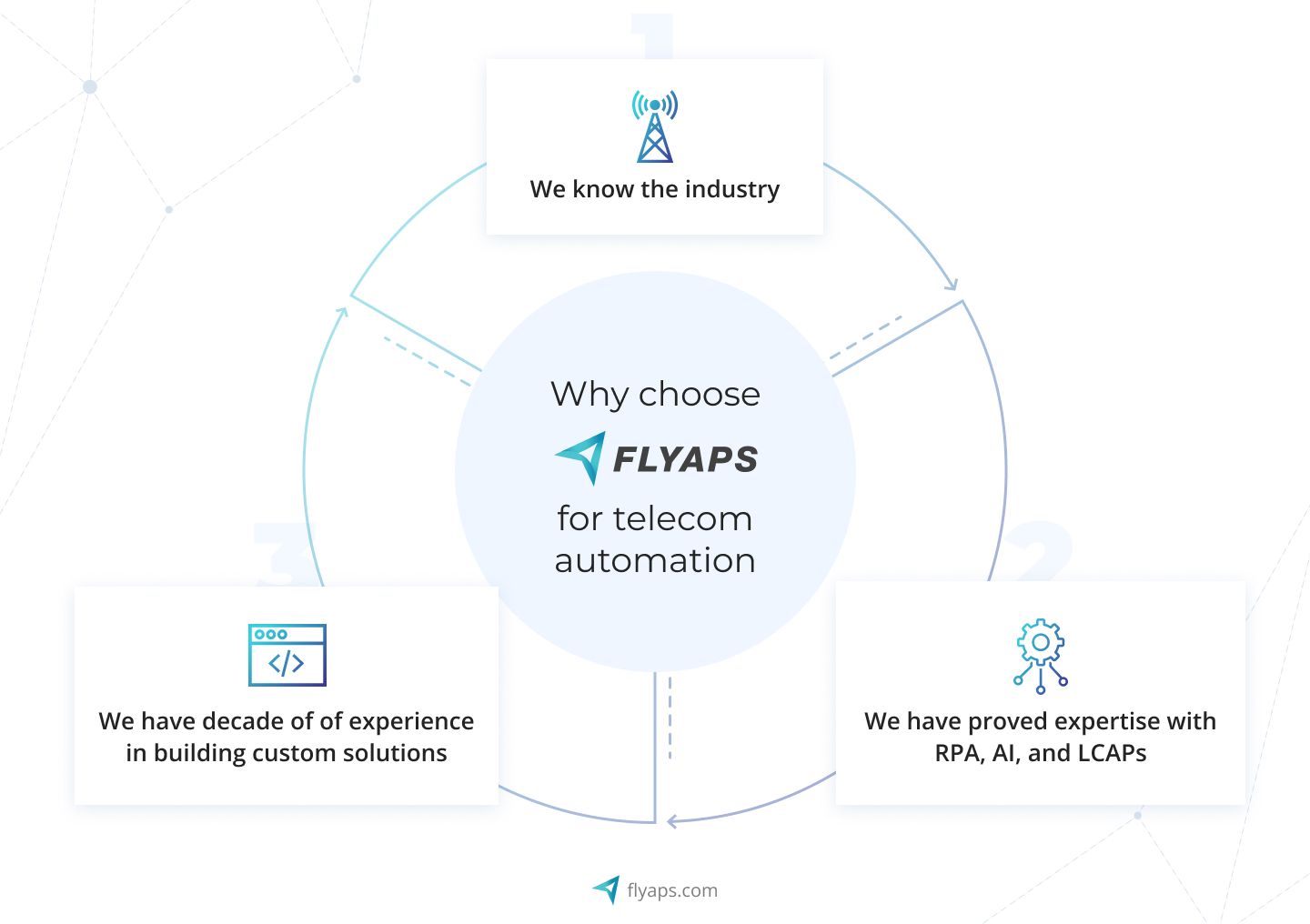
First of all, we're masters at utilizing the best BPA technologies out there. We're talking about cutting-edge stuff like AI, RPA, and low-code automation platforms. With these powerful tools in our arsenal, we can help telcos of any size streamline their operations, automate repetitive tasks, and achieve incredible efficiency gains.
But it's not just about technology. We also know the telecom industry inside out. We've immersed ourselves in its complexities, understanding the unique challenges and opportunities it presents. This deep industry knowledge allows us to develop tailored solutions that perfectly align with our client's needs. We're telecom experts who speak your language.
And let's not forget about our years of experience in building custom solutions. We've fine-tuned our internal processes to ensure everything runs smoothly, hitting those crucial time and cost targets. Our track record speaks for itself – we consistently deliver high-quality solutions on time and within budget. You can count on us to get the job done right.
So, if you're ready to kickstart your automation journey and want to work with experts who truly understand the telecom industry, don't hesitate to reach out. Drop us a message today.








